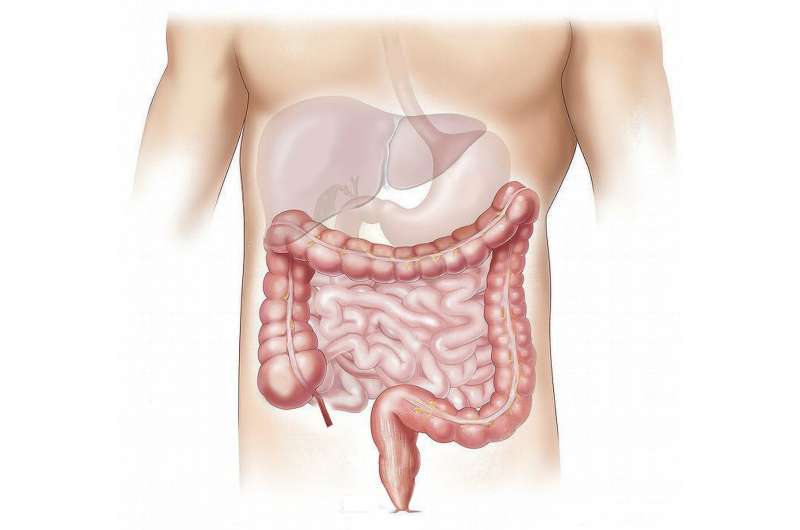Innovative Cooling Garments Offer Protection for Workers in a Warming Climate

New research highlights how cooling garments can significantly protect outdoor workers from extreme heat, reducing risk of heat-related injuries amid rising global temperatures.
As global temperatures continue to rise, with 2024 being the hottest year on record and 2025 on track to follow closely, the safety of outdoor workers faces increasing challenges. Workers in sectors such as agriculture and construction are particularly vulnerable, with an estimated 2.4 billion laborers exposed annually to extreme heat. This exposure results in over 22.8 million injuries and nearly 19,000 fatalities worldwide each year.
Recent research from the Korey Stringer Institute (KSI), part of the University of Connecticut, has demonstrated the effectiveness of commercially available body-cooling garments in safeguarding workers against the dangers of extreme heat. Led by Cecilia Kaufman, director of occupational safety at KSI, the study involved volunteers wearing garments like ice-water-soaked hats with neck flaps, neck gaiters, and sun sleeves, then performing tasks such as lifting and treadmill walking to mimic real labor conditions.
"Covering as much of the body's surface as possible allows for rapid cooling," explains Kaufman. These evaporative cooling devices help draw heat away from the body, helping to regulate internal temperatures. The study found that participants wearing these garments maintained internal body temperatures approximately one degree Fahrenheit lower than those who did not, and their performance in physical tasks improved accordingly.
Modeling projections indicated that without intervention, workers in the control group could reach dangerous hyperthermic conditions after an eight-hour shift, whereas those equipped with cooling garments likely would not. This suggests that such gear could be vital in preventing heat-related illnesses and injuries.
Kaufman notes that evaporative cooling solutions are especially advantageous in remote or power-limited environments, as they do not require electricity and rely solely on water activation. This makes them suitable for diverse workplaces, including isolated regions.
Importantly, this study expanded previous research that focused solely on men by including women, recognizing the significant role women play in the global agricultural workforce, particularly in sub-Saharan Africa. The findings underscore the importance of further industry-specific research, as different sectors face unique heat exposure challenges. Kaufman emphasizes the need for more field studies across agriculture, manufacturing, and construction to develop tailored safety strategies.
While strategies like providing shade, water, and rest remain effective, they are not always feasible. Wearing cooling garments offers a practical, portable solution that can be used anytime and anywhere, providing vital protection in a warming world.
More research is necessary to refine these technologies and understand their impact across various workforce populations, ensuring safer work environments for laborers facing increasing heat risks.
Stay Updated with Mia's Feed
Get the latest health & wellness insights delivered straight to your inbox.
Related Articles
CRISPR Gene Editing in Blood Stem Cells May Induce Premature Aging: New Insights and Solutions
New research reveals that CRISPR-Cas9 gene editing in blood stem cells can induce premature aging responses, but strategies like anti-inflammatory treatments can improve safety and efficacy for blood disorder therapies.
Oxidative Stress May Inhibit Cancer Development in People with BRCA2 Gene Variants
A groundbreaking study reveals that oxidative stress may suppress cancer in individuals with BRCA2 gene mutations, offering new insights into cancer prevention strategies.
Discovery of a Brain Receptor Mechanism Critical for Appetite and Weight Regulation
A groundbreaking study uncovers how MRAP2 influences the MC4R receptor, crucial for appetite regulation and weight control. This discovery opens new pathways for obesity treatment strategies.



